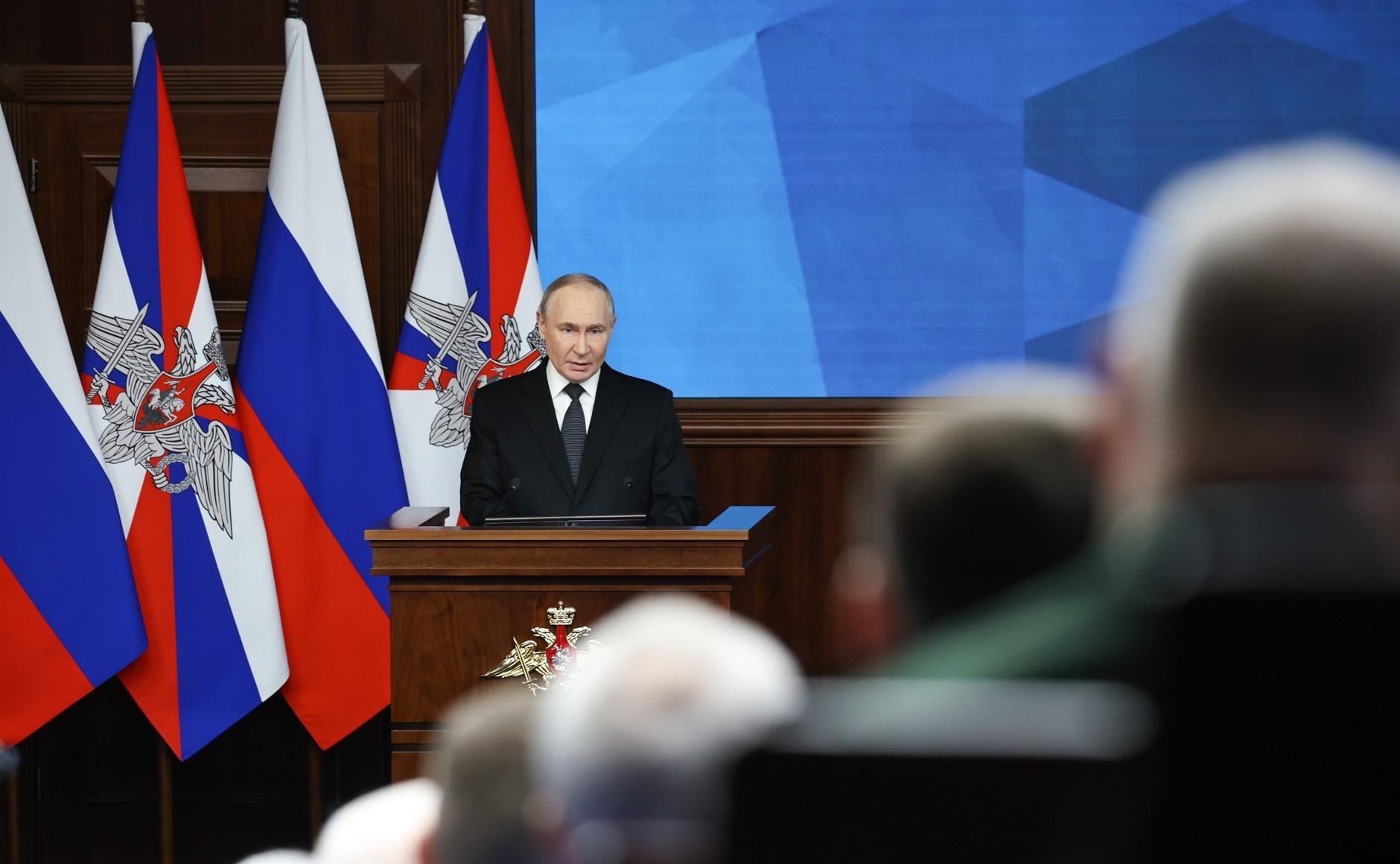
Russia’s Interests in Belarus: Ends and Means (Part Three)
Russia’s Interests in Belarus: Ends and Means (Part Three)
*To read Part One, please click here.
*To read Part Two, please click here.
Russia’s interests in Belarus at this stage may be categorized as status quo–oriented interests and those going beyond the status quo; the latter category clearly prevails in the political, institutional, and economic spheres (see Parts One and Two in EDM, October 15, 16), as well as—with wide-ranging potential repercussions—in the military realm. To change the situation in the military realm in its favor, Russia looks set to exploit Belarus’s international isolation in the wake of the August 2020 rigged presidential election and ensuing protests.
Belarus is Russia’s sole treaty-based military ally in Europe and has never cast doubt on that formal relationship. This operates both bilaterally (Union State) and in the framework of the Russia-led Collective Security Treaty Organization (CSTO).
President Alyaksandr Lukashenka, however, has successfully resisted Russia’s proposals and pressures to turn Belarus’s territory into a source of threats and challenges to the neighboring Baltic States, Poland or Ukraine. Instead, in practice, Lukashenka has turned Belarus into a regional net donor of stability and security, widely acknowledged as such since 2014 in Europe and the United States. The North Atlantic Treaty Organization (NATO) and the European Union became the beneficiaries—along with their member countries Poland, Lithuania and Latvia, as well as the Western-oriented Ukraine—of Lukashenka’s Belarus buffering them from Russian military and security challenges and potential threats (see Jamestown.org, September 2019).
Such is the status quo that has taken shape in recent years in Belarus’s policy, Belarus-Russia relations, and the wider central European region around Belarus. This status quo has developed largely against Moscow’s preferences and interests, and in spite of Moscow’s pressures on Minsk to give in to those interests. And it has taken shape not by spontaneous generation but by specific decisions of Lukashenka and the Belarusian state elite around this president.
Russia’s demands that Belarus turned down in recent years offer a possible guide to upcoming Russian moves to change this status quo in its favor. The Kremlin will not move in any dramatic fashion but, more likely, step by step to turn Belarus’s territory into a source of potential threats, and therefore leverage, on the neighboring NATO and EU member countries, on Ukraine, and more broadly on European security affairs.
Moscow may seek incrementally to establish a constant presence of Russian combat forces on Belarus’s territory. Russia had pushed in 2014–2017 for a Russian airbase to be set up in Belarus, but Lukashenka steadfastly resisted this. A Russian airbase would probably have been supplemented in short order by Russian air-defense, intelligence and special forces units. Potentially threatening Belarus’s neighbors in situations of tension or crisis, such a base could also involve Belarus against its will in Russia’s conflict undertakings. Moscow could also use such a base to subvert the disobedient government of Belarus in peacetime through espionage and hybrid activities. Russia might in due course revive such a demand, which would be a dramatic move to make.
For the time being Moscow prefers holding joint Russian-Belarusian military exercises on a regular monthly basis. In that case, Russian troop rotations in and out of Belarus could de facto amount to a constant Russian military presence in Belarus. Presidents Lukashenka and Vladimir Putin agreed on such a monthly schedule at their September 14 meeting in Sochi. The wording is not without ambiguities, referencing joint “meropriyatiya” (activities that could also fall short of actual troop exercises) to be hosted by Belarus and Russia alternately. Two military drills have already been conducted, both on Belarusian territory, in September (the Russian-Belarusian ground and airborne troop exercise Slavic Brotherhood, on Belarus’s western border opposite Poland and Lithuania) and in October (the CSTO “peacekeeping” exercise Unbreakable Brotherhood). Both of these exercises had been pre-scheduled, but their back-to-back holding adheres at least for now to the monthly schedule agreed in Sochi (see EDM, September 16, 17; BelTA, October 16). If and when Lukashenka and his government recover from their current political vulnerability, they may well wiggle out of the monthly schedule that they accepted while under pressure.
From 2014 onward, President Lukashenka and other Minsk officials, on his instructions, repeatedly assured Ukraine, Lithuania, Latvia and Poland that Belarus would not allow Russia’s Armed Forces to use Belarusian territory for posing threats to these neighboring countries. These assurances are vital to Ukraine, allowing it to concentrate its limited military resources on the Donbas front. Russian forces could directly threaten Kyiv if stationed or deployed in southern Belarus, compelling Ukraine in that case to divide its own forces between its eastern and northern borders—in effect rendering Ukraine’s defense in the east untenable. Belarus has buffered Kyiv and Ukraine generally against that threat from the north.
In 2019, Lukashenka pledged, to a high-level international audience in Minsk, that Belarus would not accept a deployment of Intermediate-Range Nuclear Forces (INF) Treaty–banned missiles, either with nuclear of conventional warheads, on Belarusian territory, unless neighboring countries do this first (see Jamestown.org, March 2, 2020). Given that Poland, Lithuania, Latvia or Ukraine harbor no such conceivable intentions and stand for observance of the INF Treaty, Belarus in effect aligned itself to their position, as against INF-violator Russia. With this, Minsk also introduced a safeguard against hypothetical Russian intentions to seek a deployment of such threatening missiles on Belarus’s territory.


